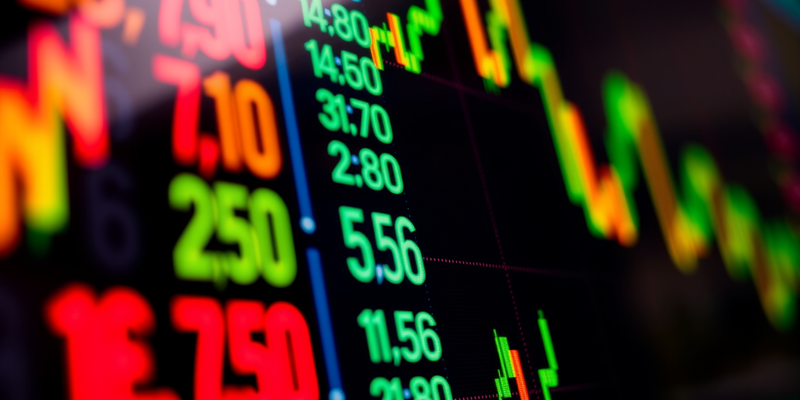Gold’s Critical Juncture: A Market Holding Its Breath
20.11.2025 - 03:58:03Gold XC0009655157
After a powerful rally throughout the year, the gold market has entered a phase of tense anticipation. The precious metal appears to be pausing, with investor hesitation driven by a significant upcoming catalyst: US employment data. This key release holds the potential to dictate the next major price move. Meanwhile, a chorus of analyst warnings suggests the upward trend may be nearing its end. Yet, against this backdrop of financial market doubt, the physical gold market demonstrates surprising strength. Is the metal on the verge of a correction, or is the prevailing skepticism premature?
Complicating the short-term narrative is a stark contrast between paper and physical gold markets. While speculative investors grow nervous, tangible demand for the metal remains vigorous. In India, the gold loan business is experiencing a significant boom, with a growing number of consumers leveraging their jewelry reserves as collateral for credit—a powerful testament to the metal's enduring perceived value.
This physical appetite is further supported by several key pillars:
- Persistent Central Bank Purchases: Global central banks continue their steady accumulation of gold reserves.
- Safe-Haven Flows: Ongoing economic uncertainty continues to drive investors toward defensive assets.
- Cultural Significance: Particularly across Asia, gold maintains a deeply entrenched role within the real economy.
This robust underlying demand could act as a powerful buffer against severe price declines, even if speculative financial flows were to reverse. Gold is currently caught in a tug-of-war: short-term interest rate anxieties are clashing with long-term, solid fundamental drivers.
Should investors sell immediately? Or is it worth buying Gold?
Analyst Projections Paint a Cautious Picture for the Future
Looking beyond immediate volatility, some market experts see gathering storm clouds. Economists at Macquarie Group are forecasting declining gold prices for the coming year, citing several key factors:
- Economic Stabilization: An improving global economic landscape could reduce the need for safe-haven assets.
- Easing US-China Tensions: A reduction in geopolitical friction might rejuvenate investor risk appetite.
- Market Overheating: The exceptional price surge witnessed in 2025 may have already reached its zenith.
Currently, gold is trading at $4,078.30, positioning it just under three percent below its mid-November 52-week peak. The RSI indicator reading of 57.7 suggests a market that is neutral to slightly overbought.
All Eyes on US Employment Data for Directional Cues
The immediate fate of the gold market is widely seen as hinging on the impending US jobs report. The underlying equation is straightforward: strong employment figures would bolster the case for the Federal Reserve to maintain a tighter monetary policy stance. Higher interest rates typically create a headwind for gold, as the non-yielding asset becomes less attractive compared to interest-bearing investments.
Conversely, a weak jobs report would increase the likelihood of a more accommodative policy from the Fed—a scenario that has historically provided a tailwind for gold. It is this very uncertainty that is currently stifling market momentum and fostering noticeable restraint among large-scale position holders. The coming days are poised to reveal which of these competing forces will prevail.
Ad
Gold Stock: Buy or Sell?! New Gold Analysis from November 20 delivers the answer:
The latest Gold figures speak for themselves: Urgent action needed for Gold investors. Is it worth buying or should you sell? Find out what to do now in the current free analysis from November 20.
Gold: Buy or sell? Read more here...


